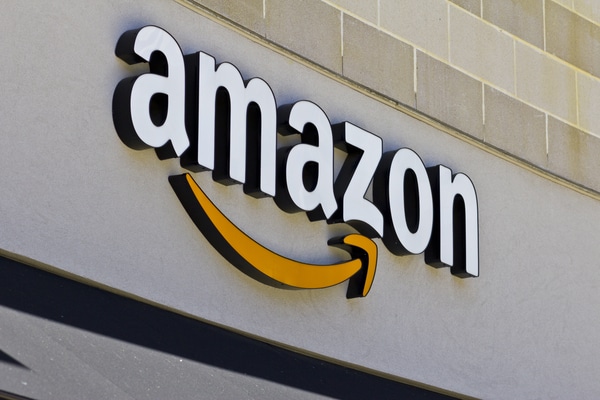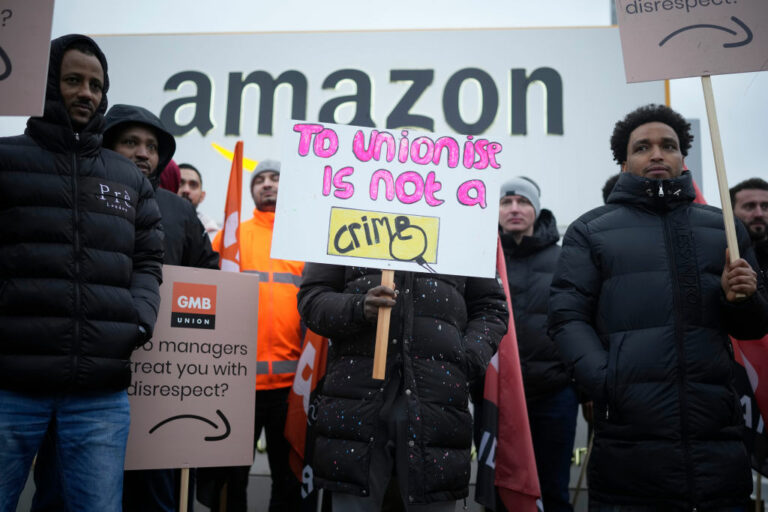When Amazon exploded onto the internet 25 years ago, it all but created the ecommerce sector as we know it today. Consumers loved it, and sellers finally had a professional place to peddle their wares.
This was the age of the consumer. Their desire for choice, convenience and value was cemented by the online marketplace – Amazon and others – in a way that the traditional high street never quite managed. For a while, everybody seemed to be a winner.
READ MORE:
Customers got good-value products delivered to their door. The marketplace had a seemingly endless queue of sellers – big and small – waiting to list their products. And sellers had a professional platform and access to more customers than ever before.
Everyone’s a winner. Or were they?
Customers still seem pretty happy, if the Amazon customer numbers are anything to go by. Amazon is still pretty happy, with £9.2 billion in profits in 2018 alone. But what about the sellers?
A quick Google search for “how happy are Amazon sellers?” shows nine out of the top 10 results are complaints about selling on Amazon. Online behemoths have massive amounts of customer data – so much so that they can make a market, not just follow it. But the story of online marketplace sellers is largely ignored.
Most online marketplaces compete with their own sellers. There is nothing inherently wrong with this practice. Ecommerce was built on the principles of free markets – low barriers to entry for sellers, consumers free to make their own choices – to let the market decide. But as the ecommerce sector has grown, so the principles it was based on have been muddied.

It has long been an “open secret” in the ecommerce industry that some marketplaces go further than straight competition. They use their huge data pile to source the most popular products, strike deals with suppliers, and favour their own products in search results, even if they are more expensive.
In the end, sellers unfairly miss out on sales, and consumers get less choice, and higher costs. The market is dominant, but no longer free.
The EU recently announced that it is investigating allegations that Amazon misuses sensitive data from the sellers that use Amazon Marketplace, so they seem to be in on the “open secret” too.
This has been happening for a while now, and those who sell their products through online marketplaces, rather than direct to consumers, are feeling the squeeze. Sellers have already been known to take extreme measures to try to counteract these sorts of tactics.
These range from the understandable to the indefensible, but I suspect customers that use online marketplaces would be shocked at the lengths that some sellers have to go to get their products seen by them and sold to them, and that the ones they eventually buy are not always the best value.

For many sellers, listing their products on these marketplaces forms a big chunk of their income, particularly small, niche businesses. Even big brands have started making moves to hedge against these tactics. The short-term rewards of marketplace selling can be outweighed by the risk of long-term single market sales that are overly reliant on one platform. Brands can lose foothold, real estate and brand awareness.
But for sellers that I talk to, these tactics are really starting to hurt. The marketplace takes commission from their sales, and at the same time tries to steal their sales to build up market domination that takes consumers away from sellers’ other routes to market. It doesn’t take an industry insider to see who comes off worst in this equation.
However, ecommerce sellers have more choices now than ever before. They can put up with the status quo, making less but still generating a living. But they could diversify, and use other platforms, including their own, to sell their products.
Some major brands have started keeping certain products off marketplaces to protect their sales data. Or they could, like low-level employees at Amazon have been doing, “vote with their feet” and pull their products from the platform altogether, calling for changes to their agreements.
In short, both consumers and sellers hold the power – through their own data, through the media, and through collective action, to drive meaningful change.
With so much influence on a market bottom line, sellers can finally put themselves in the driving seat. They can choose to stop being the squeezed middleman on the ecommerce juggernaut and finally start to get their fair share.
Cas Paton is the CEO and Founder of OnBuy
Click here to sign up to Retail Gazette‘s free daily email newsletter


















